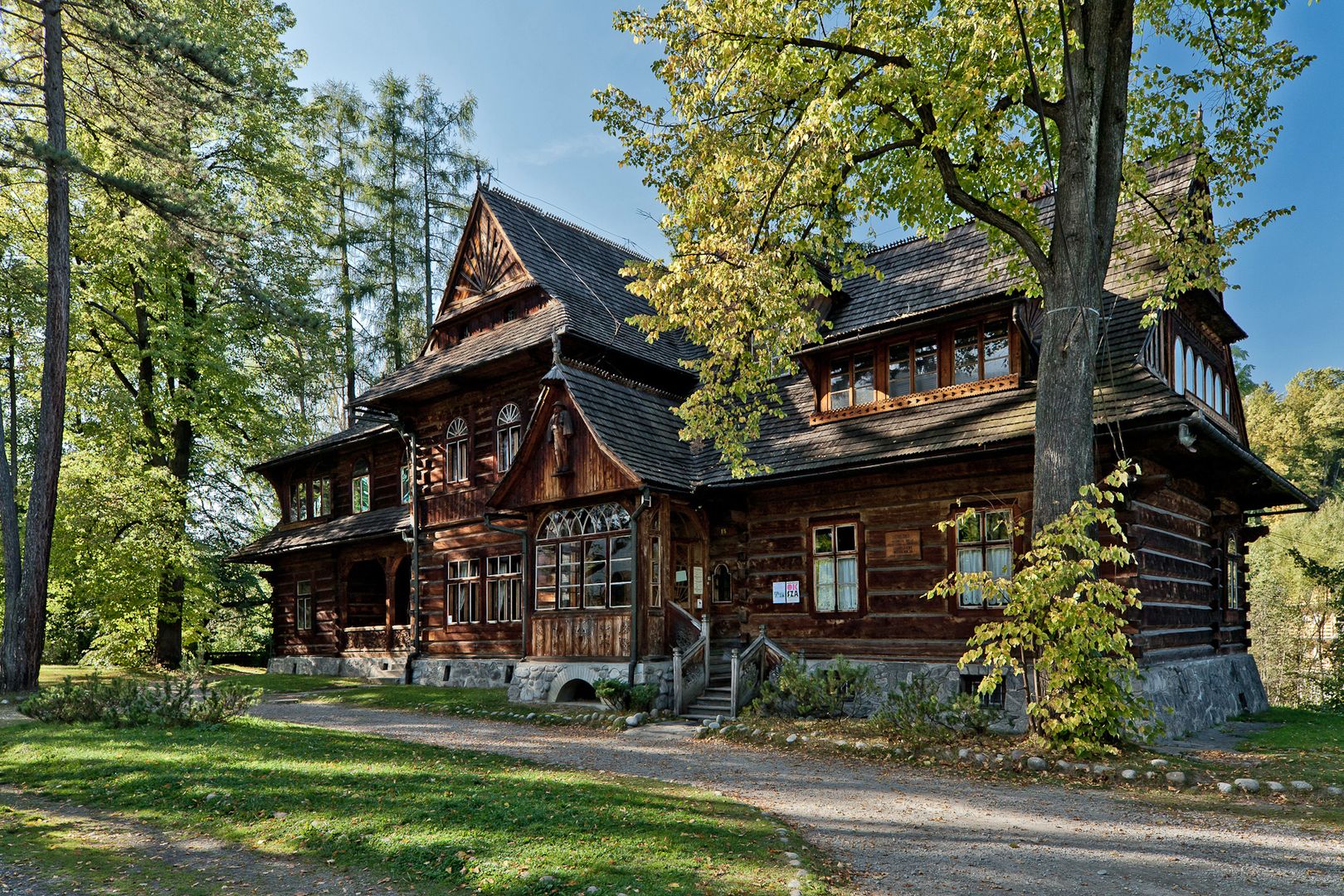Villa "Koliba"
6.69

Overview
The "Koliba" Villa in Zakopane, built between 1892 and 1893 according to a design by Stanisław Witkiewicz, is the first building in the Zakopane Style, which became an inspiration for many later constructions in the region. The investor was Zygmunt Gnatowski, a landowner from Podolia, who initially planned a simple highlander cottage to house his ethnographic collection. The result, however, was a larger building, with the eastern wing intended for a Highlander Room, and the western wing housing a living room, bedrooms, and a servant's room. This illustrates a blend of highlander tradition with the needs of modern residents. The villa gained significance not only architecturally, as an example of the Zakopane Style, but also culturally – since 1993, the building has housed the Stanisław Witkiewicz Museum of the Zakopane Style, showcasing collections related to local culture and craftsmanship. The building was entered into the register of historical monuments in 1983, which confirms its historical and architectural value. Interestingly, its construction had a significant impact on the development of the Zakopane architectural style, which evolved into a symbol of the region. "Koliba" is a unique example of a harmonious combination of highlander tradition and Art Nouveau style, and its history reflects the evolution of local architecture in the context of changing culture and aesthetic tastes.
Location
Tickets
Powered by GetYourGuide
2025 Wizytor | All Rights Reserved